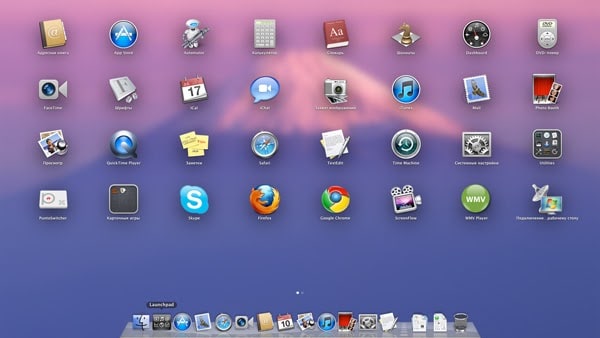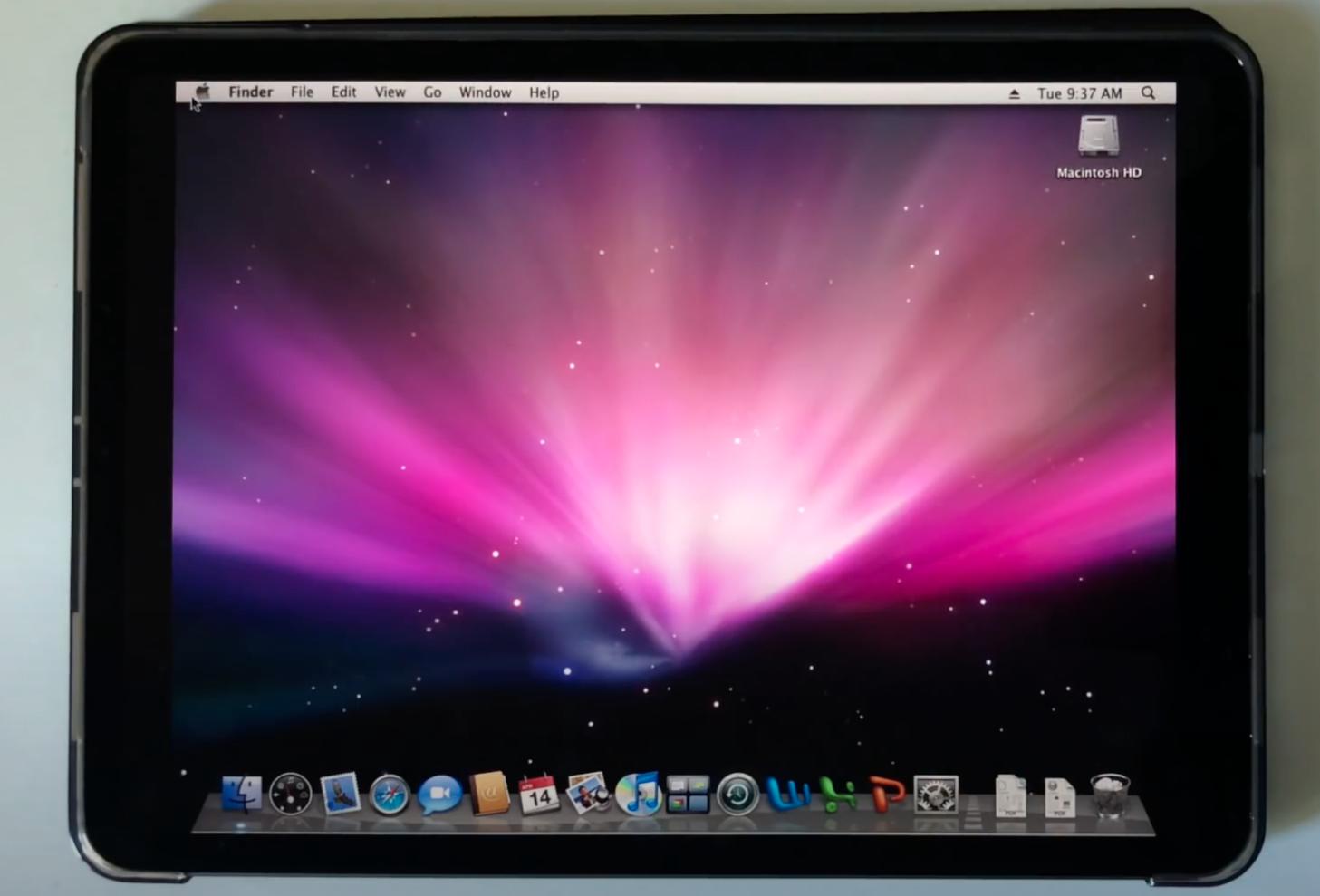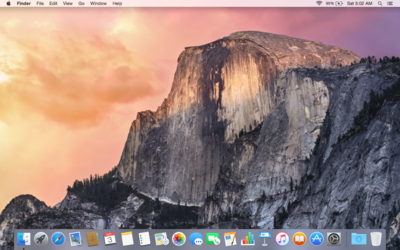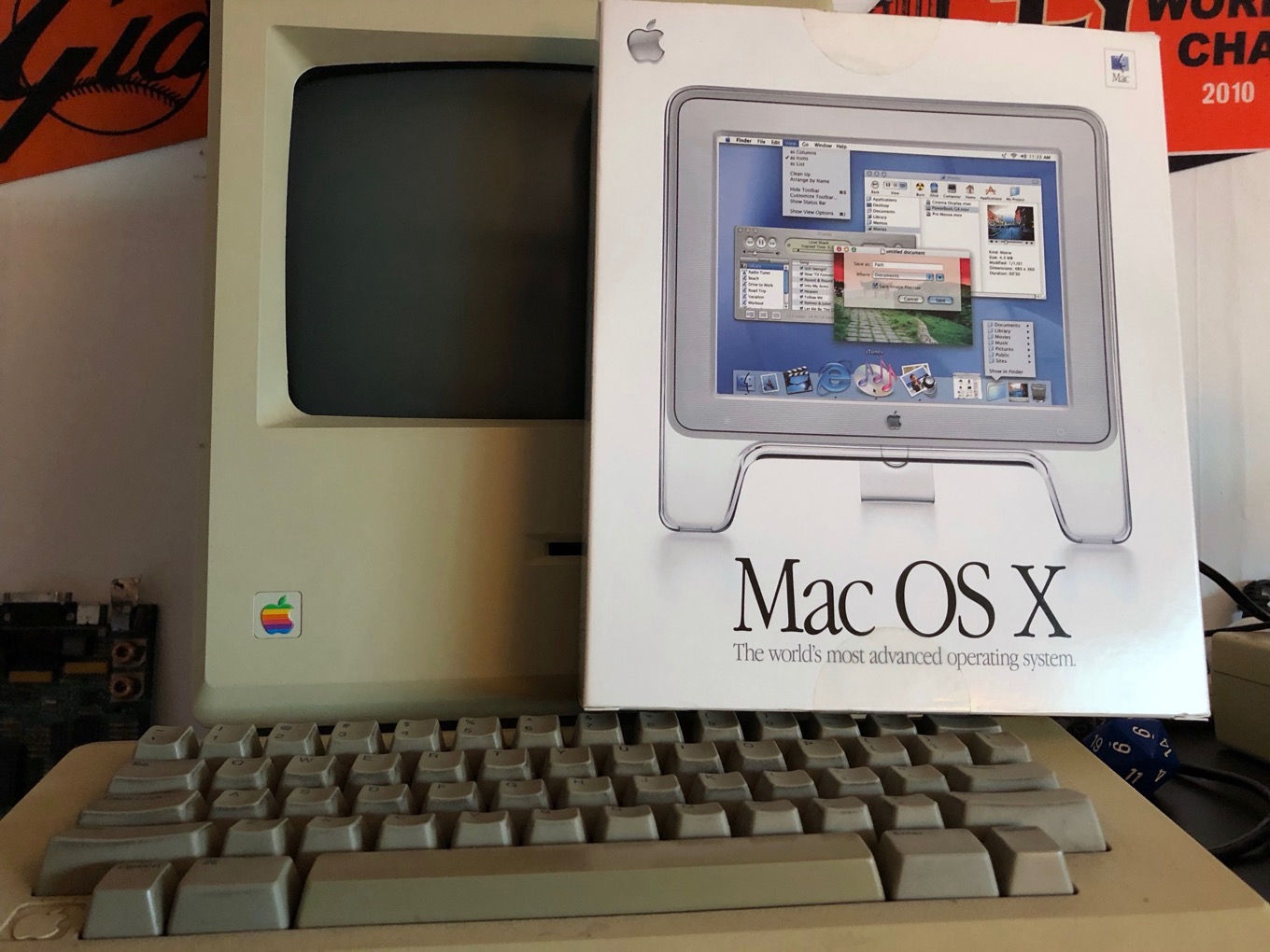

- #ALL MAC OS X OPERATING SYSTEMS FOR MAC OS#
- #ALL MAC OS X OPERATING SYSTEMS FULL#
- #ALL MAC OS X OPERATING SYSTEMS SOFTWARE#
- #ALL MAC OS X OPERATING SYSTEMS LICENSE#
Mac OS also comes standard with many useful applications some for video and sound editing, a whole suite of data and organization software applications, and even enables users to FaceTime and send and receive iMessages directly from their computers. Many of the built-in features are either improvements on features found in other operating systems, and some of its features inspired other operating systems to implement similar features in their own software. This operating system is known for having an easy-to-use interface, providing a smoother experience for its users than other operating systems. Because Mac OS comes standard on Apple computers, Mac OS is meant to work seamlessly with the Apple suite of products this includes iCloud, iPhone, and so on. What makes Mac OS different from other operating systems is that Mac OS is specifically designed to work with the hardware it runs on. These tasks include being able to use both the command line interface and graphical interface to make new desktop shortcuts, connect to WiFi, and manipulate other applications on the device. Mac OS at its root is an operating system, which is a software built to control a computer’s most basic tasks.
#ALL MAC OS X OPERATING SYSTEMS FOR MAC OS#
Although the original concept for Mac OS is based off Unix, Mac OS uses its own file system called Apple File System, or APFS.
#ALL MAC OS X OPERATING SYSTEMS FULL#


The main updates enhance functionality features from previous versions. Monterey’s release date was in June of 2021 and is set for release in November. After Big Sur comes the latest version of Mac OS: Monterey. Apple Inc broke another trend with the release of Big Sur in that the version number was now 11, and no longer the trend of 10.x. Just a year later a new trend was born as Mac OS versions were named after geographic locations and features starting with Yosemite, then going into names like Sierra, Mojave, and Big Sur. This trend went on for just over a decade until version 10.9 released with the name “Mavericks”. naming the operating systems after big cats, where the company also iterated through version names like Lion, Snow Leopard, and Tiger. Cheetah also started the trend of Apple Inc. The release of 10.0 / Cheetah marked the beginning of the “10.x” series of Mac OS software releases. The famous Finder and System Utilities applications were mainly developed by Steve Capps and Bruce Horn. The operating system’s icons were created by Susan Kare. The main software architect behind Mac OS is Andy Hertzfield, who created much of the original kernel and desktop applications. Mac OS was initially designed with the intent to replace the classic operating system used in the earlier Macintosh computers first developed in the 1980’s.
#ALL MAC OS X OPERATING SYSTEMS LICENSE#
Kodiak was released in the Autumn of 2000 after Apple implemented much of the user feedback they had received from previous iterations, but the public beta license expired in the Spring of 2001 as version 10.0, also called “Cheetah” was released. and Apple computers, the first official reference to Mac OS came with the public beta release version known as “Kodiak”.

Although there are earlier operating systems associated with Apple Inc. Mac OS is the original proprietary operating system of Apple Inc., the company founded by Steve Jobs, Steve Wozniak, and Ronald Wayne in 1976. The developers of the Mac OS all gathered for a photo.


 0 kommentar(er)
0 kommentar(er)
